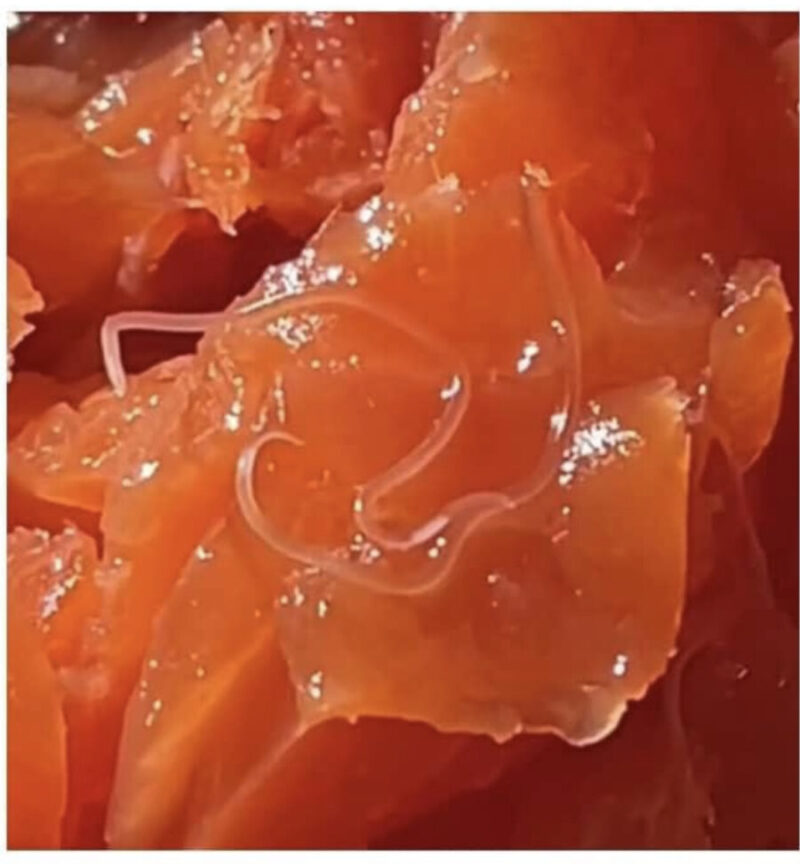Sushi is a traditional Japanese dish that typically consists of rice combined with various ingredients such as seafood, vegetables, and occasionally tropical fruits. The most common seafood used in sushi includes raw fish (sashimi), cooked fish, or shellfish. The ingredients are often presented in a visually appealing and artistic manner.
Sushi is usually served on special occasions in Japan, however in the West, it has been bastardized to junk food. There is also an issue of “food fraud” since your local sushi are very likely mislabeling the fish. Per TIME Magazine article from 2017 “Sushi in L.A. Is Mislabeled Nearly 50% of the Time, Says Study” “Restaurants may be buying mislabeled fish rather than doing the mislabeling themselves”. “If we don’t have accurate information on what we’re buying, we can’t make informed choices,” Barber said. “The amount of mislabeling is so high and consistent, one has to think that even the restaurants are being duped.” Says TIME Magazine. There is 50% chance that the fish you are eating is not the fish you see on the menu!
Your local Sushi restaurant is very likely serving you farmed fish and subpar ingredients. Salmon is almost always sourced from farms to save money. Studies have found contaminants in farmed salmon are generally higher than in wild salmon.
- Raw Fish and Parasites: Traditional sushi often includes raw fish, such as salmon and tuna. Consumption of raw fish carries a risk of parasitic infections, such as Anisakis or tapeworms. Freezing the fish at extremely low temperatures (-4°F or -20°C) for a specific period can kill parasites and reduce this risk. However, not all restaurants follow these guidelines, so it’s essential to choose reputable sushi establishments.
- Ingredients: The healthiness of sushi depends on the quality of the ingredients. If the seafood is not fresh, it can pose a risk of foodborne illnesses. Additionally, some rolls may contain high-calorie ingredients like fried tempura or mayonnaise, made with seed oils, which can contribute to excessive calories and unhealthy fats.
- Excessive Rice: Sushi rice is often seasoned with sugar and vinegar, which adds to the carbohydrate content. Consuming large amounts of sweetened rice can result in excessive calorie intake and potentially lead to blood sugar spikes.
- Sodium: Soy sauce, often used as a dipping sauce for sushi, is high in sodium. Excessive consumption of soy sauce can contribute to high blood pressure.
- Mercury: Some larger fish, like tuna, can contain high levels of mercury. Excessive consumption of mercury can be harmful, especially for pregnant women and young children.
What is anisakiasis? Anisakiasis, or herring worm disease, is a parasitic disease caused by nematodes (worms) that attach to the wall of the esophagus, stomach, or intestine. The best way to prevent this disease is to avoid eating raw or undercooked fish or squid.
Artemisia absinthium is an herb that has been successfully used for parasite elimination.
If you’d like to order an Herbal Parasite Cleanse contact me to order your herbs. Parasite cleansing protocol will be included with your order.

Dzien dobry, jakiej firmy używa pani Parasite Cleansing? Jak często się to bierze i jaka jest cena? Dziękuje